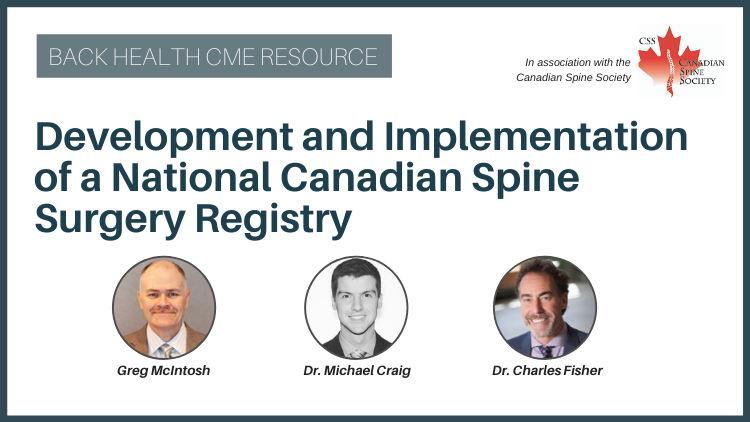Anna J.M. van de Sande, BSc, Medical Student, Thoraxcenter, Erasmus Medical Center, Rotterdam, The Netherlands. Visiting Medical Student, Canadian VIGOUR Center, University of Alberta, Edmonton, AB.
Paul W. Armstrong, MD, Professor, Division of Cardiology, Department of Medicine, University of Alberta, Edmonton, AB.
Padma Kaul, PhD, Assistant Professor, Division of Cardiology, Department of Medicine, University of Alberta, Edmonton, AB.
The burden of cardiovascular disease increases significantly with age. One of the most complex decisions facing clinicians is whether or not to perform coronary revascularization in an older patient. Our review of recent evidence on revascularization therapies for aging patients with non-ST-elevation acute coronary syndromes found an inverse relationship between age and the use of evidence-based medications as well as revascularization procedures. Older patients undergoing revascularization had a higher likelihood of adverse outcomes compared with younger patients undergoing revascularization. However, older patients who underwent revascularization had significantly better outcomes than their counterparts who did not undergo revascularization, suggesting that they deserve the same consideration as younger patients in the use of coronary interventions.
Key words: acute coronary syndromes, percutaneous coronary intervention, coronary artery bypass graft surgery, evidence-based medications, outcomes.

